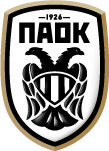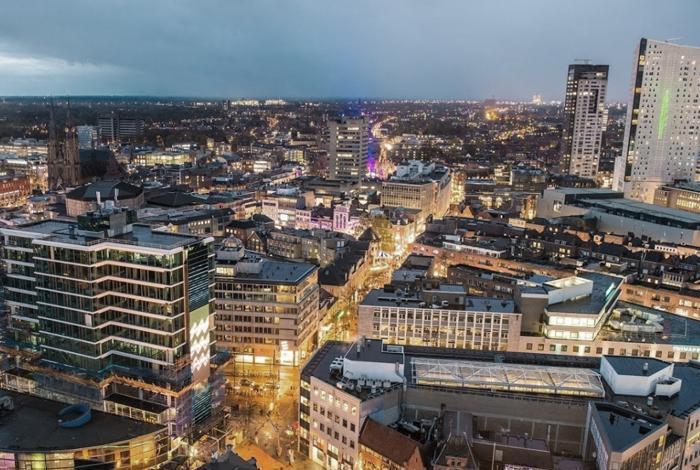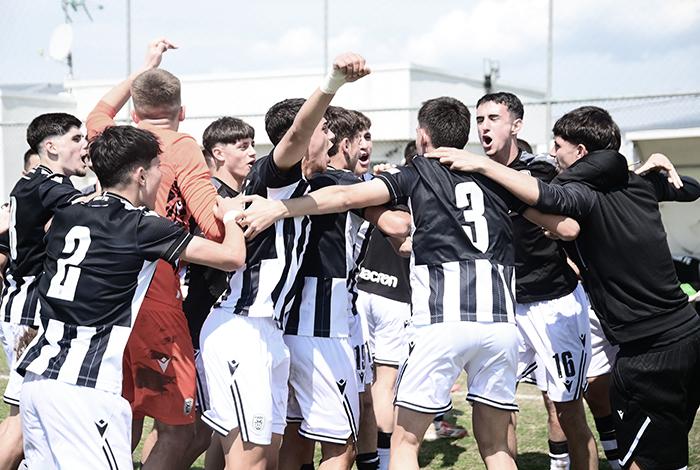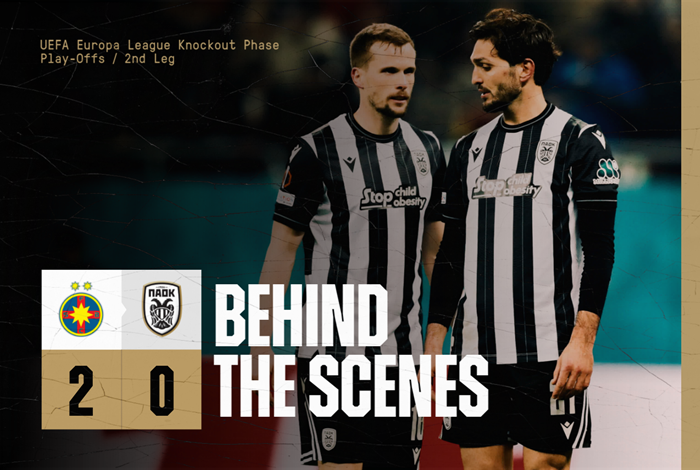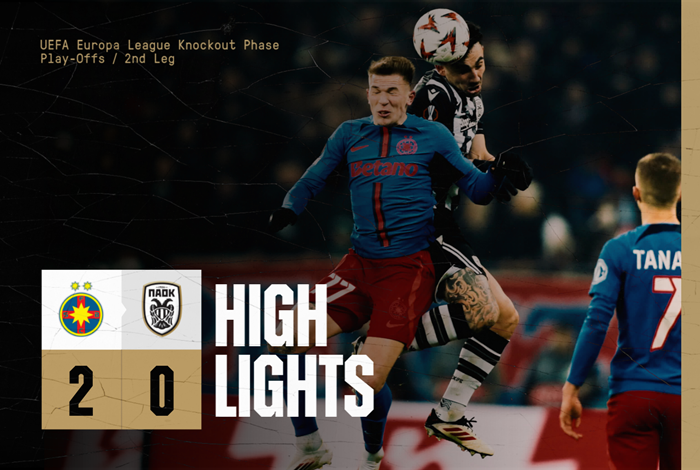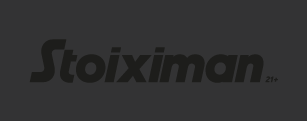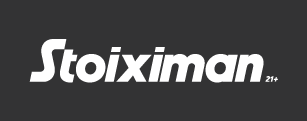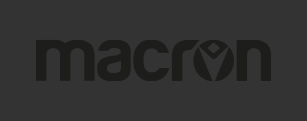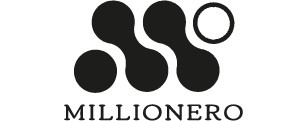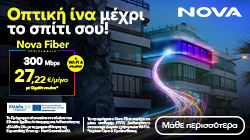The city that’s constantly reinventing itself
In less than just 200 years, a tiny village of just 170 houses has been transformed into a distinctive futuristic city, and the center of Dutch technology, with a special emphasis on renewable energy policies and aesthetics. Eindhoven is the fifth largest city in the country, just 30km from the border with Belgium, and has a population of 220,000.
The city of Eindhoven owes its very existence to the Philips family, who made what was a tiny village into a city following the establishment of Philips & Co. In 1891, brothers Gerard and Anton Philips founded a small light bulb factory which grew to become one of the largest electronics companies in the world today. The city is also world-renowned for its D.A.F. automobile industry, and of course for its football team.
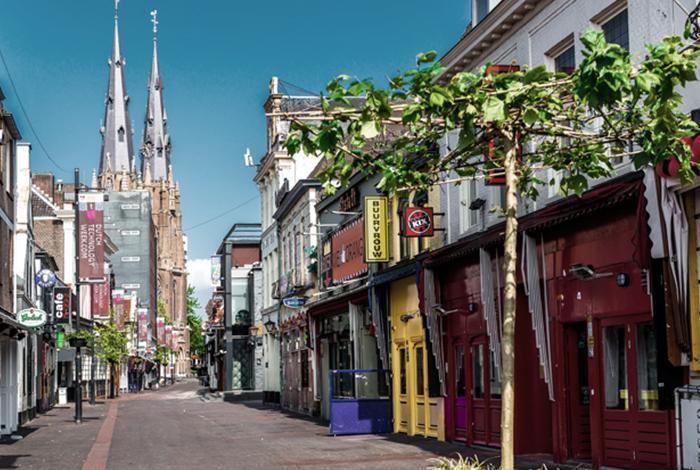
For the discerning traveler, however, this city in the south of the Netherlands, which is so different from the others, is so much more. High end design in one of Europe’s most hi-tech cities, a plethora of cultural spaces and electric cars and bicycles coexist in harmony with historic buildings, museums, parks, squares and markets that pulsate with life both day and night.
It is worthy to note that Eindhoven has 140 registered listed monuments and that per building there is around 100 square meters of greenery! You would think that this picture seems out of place for a city that is the pillar of Holland’s ]technological and industrial production. But the truth is the opposite. The coexistence of those two factors is so harmonious at every level, that Eindhoven is rightly described as the most «uncomplicated» city of workers, scientists and artists, while also having one of the largest percentages of minorities in the Netherlands, as one in three residents is non-Dutch.
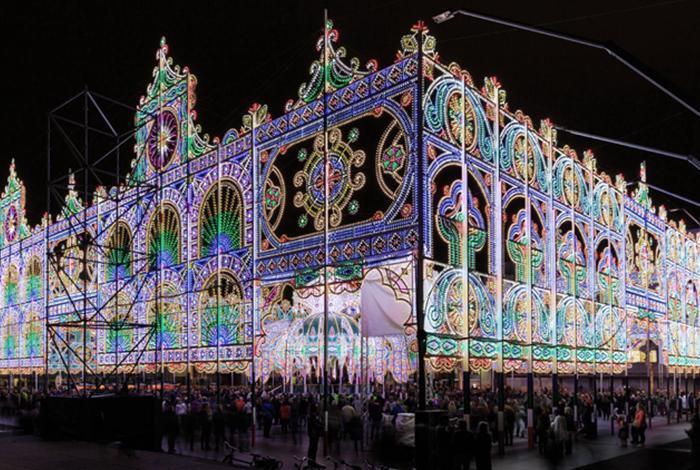
Ηet Van Abbemuseum
A great museum of modern art, which includes, among others, works by Picasso, Kadinski, Chagall and Montriani. It was founded in 1936 and one of its peculiarities is that it gives you the opportunity to see, touch, but also to smell its exhibits.
Saint Catherine’s
A Roman Catholic church of neo-Gothic style, built between 1861 and 1867 to designs by the famous architect Pierre Cuypers. One of it’s characteristic features are the two large towers of the entrance, with a height of 73 meters each, bearing the names David and Mary. It has an impressive carigion (musical instrument, which consists of at least 23 bells) from 1966, donated by Philips staff and one of the largest church instruments in the Netherlands, with 5723 flutes!
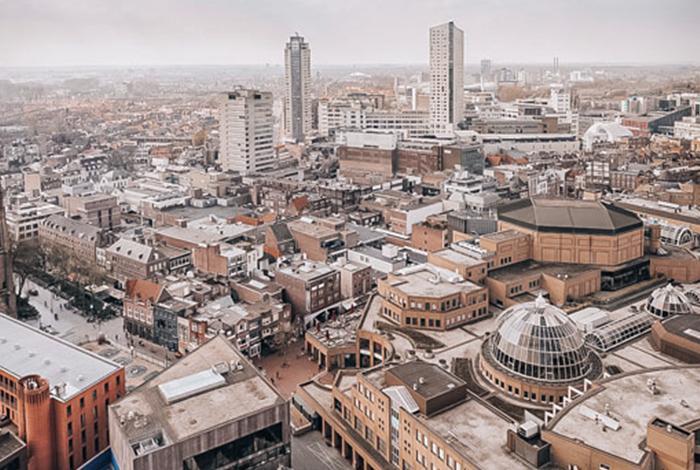
Parks
Although a city of high design and technology, Eindhoven has many parks, public gardens and green spaces for its residents and visitors to enjoy. It is the greenest city in the top five most populous cities in the Netherlands. It is impressive that about 1/3 of the open space of Eindhoven is «green» and, for every building there is around 100 square meters of greenery! Major parks include the Het Stadswandelpark, the Het Philips van Lenneppark, the Het Philips de Jongh Wandelpark, the Het Henri Dunant Park and the De Genneper Parken.
The Van Gogh Path
A 600-meter-long cycling trail reminiscent of the scenery of Starry Night, the pathway crosses the place where Vincent van Gogh lived from 1883 to 1885 and has a unique design consisting of thousands of sparkling stones and LED lights, which collect solar energy during during the day and glow at night. It was designed by Daan Roosegaarde and opened in 2014.
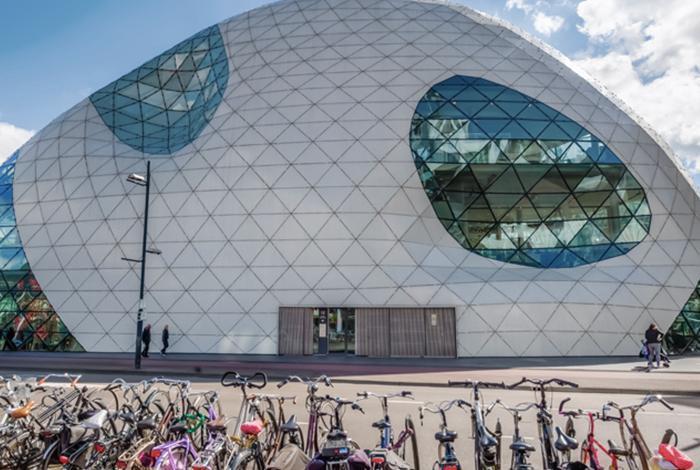
The Philips Museum
The Philips Museum was built by Queen Beatrice on the spot where Gerard Philips built the first incandescent lamp back in 1891.
Den Bosch
Cobbled streets, historic buildings, museums, but also a separate cathedral, Den Bosch is like a mini small fairytale; a charming town which is faithful to the Dutch motif. It’s just 20 minutes by train from Eindhoven and is definitely worth a visit.
* The word Eindhoven consists of the synthetic Eind which means end, end and Hoeve or Hove which means farm.
Eindhoven’s high tech masterpiece
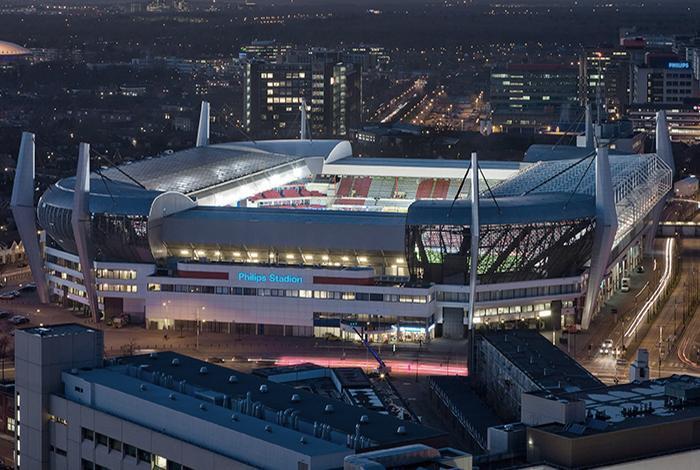
Beautiful, modern, as well as functional, it’s a venue created to try and let spectator feel that they can almost touch the players. With a capacity of 35,000 seats, all of which are covered and heated, the Philips Stadion is quite rightly considered one of the most beautiful stadiums in Europe. PSV Eindhoven’s home ground is located in the center of Eindhoven, exactly where the sports park was located when Philips Sport Vereniging was founded in 1913.
The stadium was inaugurated in 1913 and its capacity then was 300 seats. By 1941 the positions had skyrocketed to 18,000. During World War II the Nazi Germans seized the stadium and in 1944 when they left the city, they destroyed it. It was quickly repaired and in 1958 its capacity reached 22,000. There were plans to increase the seats to 45,000, but when the Netherlands lost the vote to host the 2018 World Cup, those plans were canceled. In fact, in 2009, the stadium was almost completely destroyed by a fire. Today, it has 35,000 seats.
The Philips Stadion is rated 4 stars by UEFA. It plays host to the Dutch national team, in 2006 the UEFA Cup final was held there (Sevilla – Middlesbrough 4-0) and in 2000 it hosted three European Championship matches (Portugal-England 3-2, Sweden – Turkey 0-0 and Italy-Sweden 2 -1).
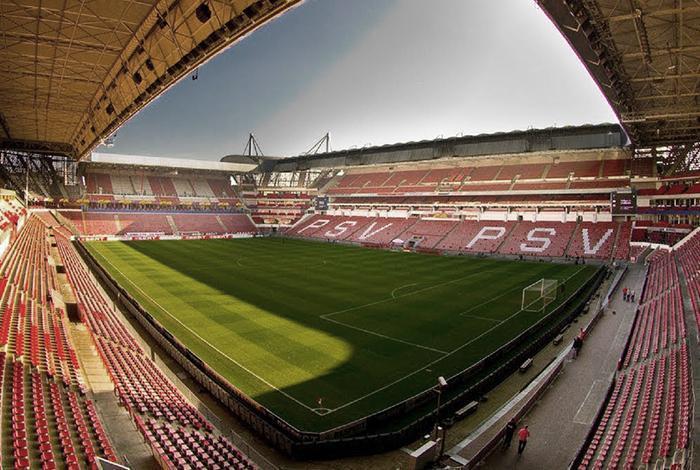
The «Philips Village»
In 1910, Philips was building new homes to accommodate the growing housing needs of its employees. The area was called the «Philips Village» and was built within walking distance of its factories on the outskirts of Eindhoven. Shortly afterwards, the first venues and spaces for recreation and sports were created, along with the Phillips Stadium.
The company also founded a football team for its employees, named Philips Elftal. In fact, its first match was the first recorded use of the field, in 1911. Philips Elftal continued to play there for two seasons and in 1913 it was succeeded by PSV Eindhoven.
Easy access
The stadium is a 20-minute walk from Eindhoven Central Station and a 10-minute walk from the Eindhoven Strijp-S Train Station. Bus 401 links Eindhoven Airport directly to the stadium.
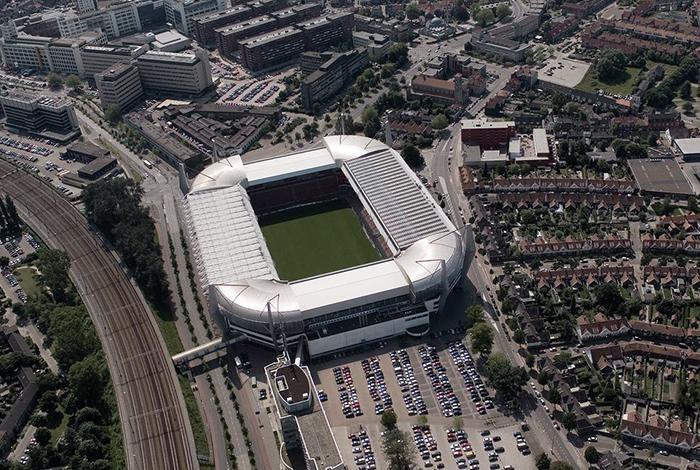
In the cases when big football matches or other events are staged there, the stadium even has its own railway platform, the Eindhoven Stadion train station. The platform is only accessible via a pedestrian bridge connected directly to the stadium!
Business uses
The Philips Stadium is available for all kinds of conferences, events and concerts. Many companies have chosen the stadium as the ideal setting for their offices or stores. It has four Business Suites, 46 Business Rooms and 1186 Business Seats for business relations. There are also museums, boutiques, restaurants, and cafes.
